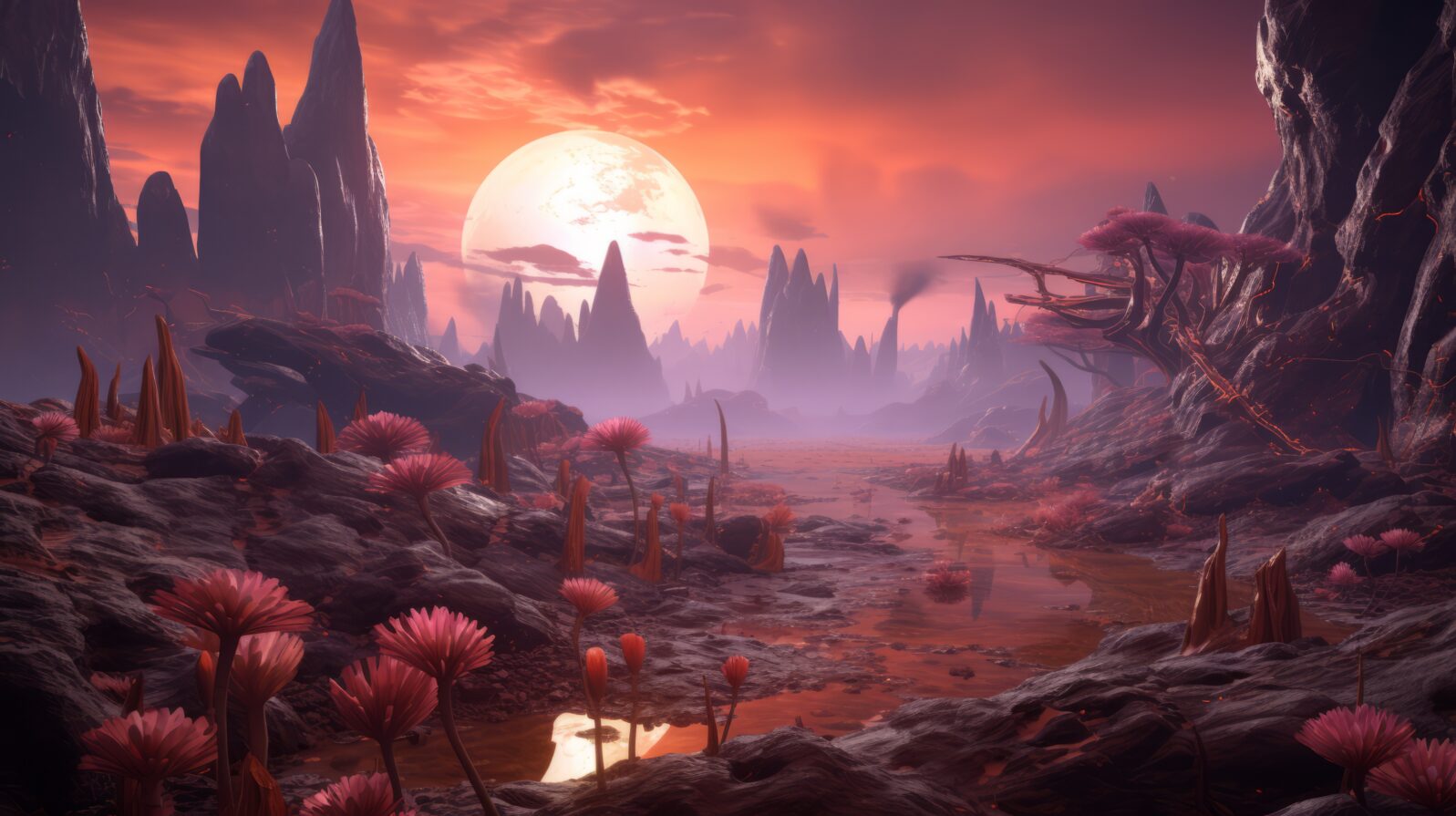Extraterrestrials Are Clearly a Matter of Faith, Not Science
We can be quite sure that “They’re not out there” will never be the default hypothesis, as astrophysicist Ethan Seigel hopesAt the BBC, Pallab Ghosh had — or thought he had — the story: “Tantalising sign of possible life on faraway world.” (September 12, 2023), courtesy of the James Webb Space Telescope. A hint had been found in the data of dimethyl sulfide, produced on Earth by phytoplankton.
Many writers thought that too so a number of similar stories came out. But we’re all pretty much used to the predictable next bulletin: The hope for life on planet K2-18b, 120 light years away, proved false (or anyway, premature):
Based on computer models that account for the physics and chemistry of DMS, as well as the hydrogen-based atmosphere, the researchers found that it is unlikely the data show the presence of DMS. “The signal strongly overlaps with methane, and we think that picking out DMS (dimethyl sulfide) from methane is beyond this instrument’s capability,” [Shang-Min] Tsai said.
Jules Bernstein, “Webb telescope probably didn’t find life on an exoplanet — yet,” UC Riverside News, May 2, 2024

But somehow it doesn’t matter. The same science buffs will be just as excited by the next faint hope. Something in us just does not accept being alone.
In an interesting essay at Aeon, University of Rochester astrophysicist Adam Frank traces the way that the search for aliens — not just alien seaweed but intelligent aliens — has gone from laughable UFO nonsense to a serious scientific endeavor:
The next big space telescope NASA is planning will be called the Habitable Worlds Observatory. The name tells you all you need to know. We’re going all in on the search for life in the Universe because we finally have the capabilities to search for life in the Universe. The giggle factor is finally history.
Adam Frank, “Alien life is no joke,” Aeon, April 30, 2024
Frank, author of The Little Book of Aliens (Harper 2023) has been appointed principal investigator of NASA’s first grant to study signatures that might show evidence of intelligent life from distant exoplanets.
It’s still really a matter of faith as much as science.
Writer Steven Poole reminds us that
… the strange pattern of dimming observed by the astronomer Tabetha Boyajian in a star that now bears her name was spectacularly attributed by one published paper to an ‘alien megastructure’ in the form of a sphere of energy-collecting material placed around it by an advanced and power-hungry civilisation.
Steven Poole, “A surprising number of scientists believe in little green men, Spectator, May 4, 2024
Astronomer Chris Lintott, the author of a book Poole is reviewing, Our Accidental Universe: Stories of Discovery from Asteroids to Aliens (Torva 2024), “ thinks it more prosaically to be the rubble of a planet ripped apart by straying too close to its sun.” But the hunt goes on.
Possibly the best known establishment science figure to show complete faith that we are not alone is Harvard astrophysicist Avi Loeb, who, as Poole reminds us, was utterly convinced that interstellar object Oumuamua was an alien spacecraft. More recently, he has suggested that a meteor that exploded off the coast of New Guinea in 2014 may be alien technology. As we learn more about the world, we can imagine more possibilities for the aliens.
The risks of making alien-watching science
Of course, one risk of bringing serious science into it all is that skywatchers’ hopes may be dashed more often. A key element in the science-based approach (astrobiology) to looking for ET is the Drake Equation, first developed for Search for Extraterrestrial Intelligence (SETI) by SETI founder Frank Drake (1930–2022). But, as theoretical astrophysicist Ethan Siegel points out, the equation’s efforts to calculate the probability of life have many limitations:

Just because it arose early in the history of Earth doesn’t mean that a significant fraction of planets actually have (or ever had) life on them. It could be nearly 100%, or 10%, or 1%, or 0.01%, or a one-in-a-million chance that life arises from non-life. If we rewound the clock and started Earth over again, how likely is it that life would have arisen and thrived here? Our ignorance is astounding.
Ethan Siegel, “The unsurprising non-detection of intelligent aliens,” Big Think, April 23, 2024 (republished from December 17, 2021)
He concludes, “While it may be incredibly fun to theorize a myriad of possible explanations as to why intelligent extraterrestrials might remain hidden from us, the simplest possibility — that they just aren’t out there — should be the default hypothesis until proven otherwise.”
We can be quite sure though that “They’re not out there” will never be the default hypothesis, as Seigel suggests. Here are no fewer than thirteen hypotheses as to why They are (or have been) out there but we can’t detect them.
So will it matter if the coming Habitable Worlds Observatory finds nothing of much interest decade after decade? Not really. Hope springs eternal and there is always tomorrow. One thing is for sure though: the basis of this field is faith and science is her handmaid.
